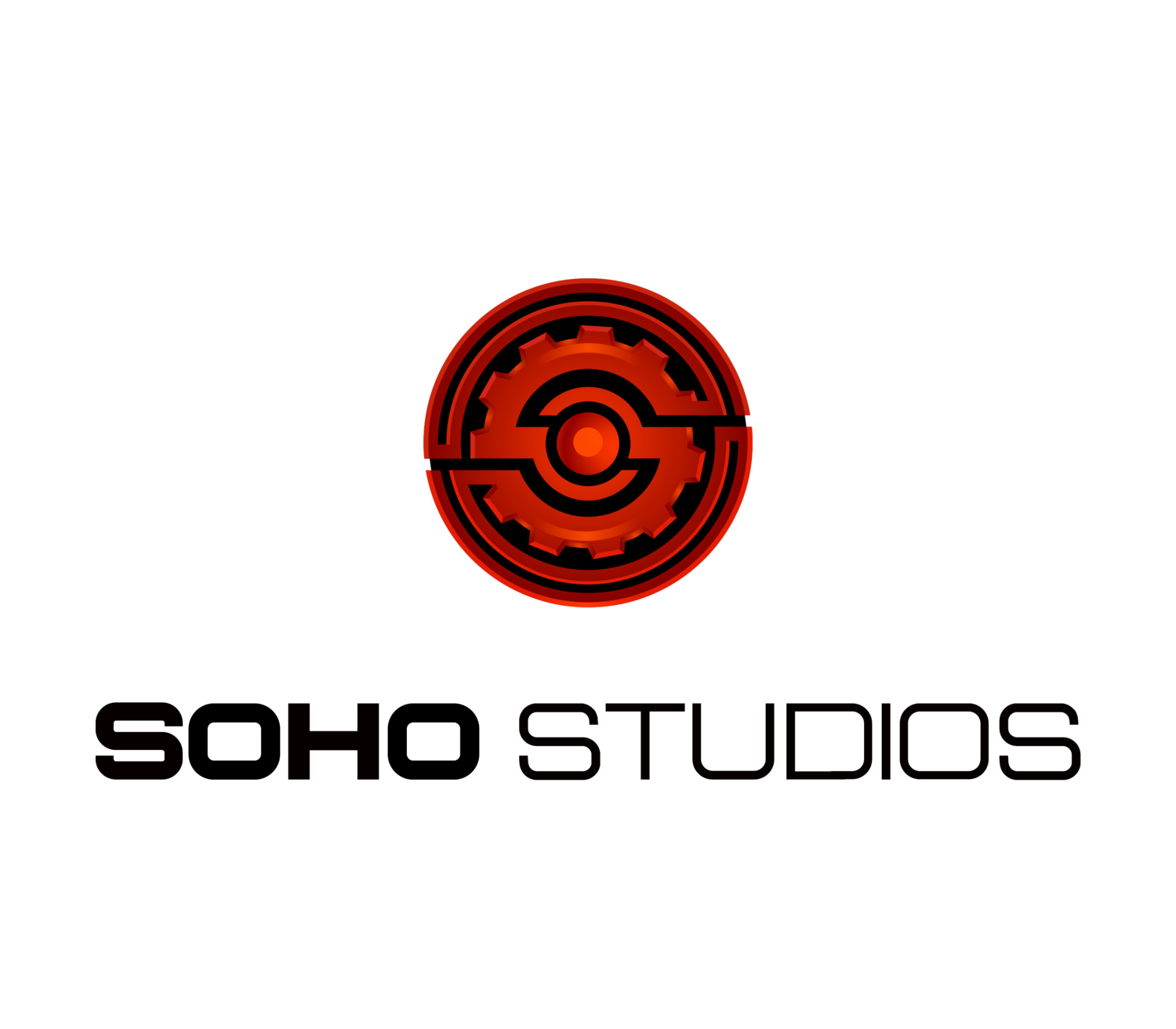7 Best Cities to Host a Pop Up Event
Are you considering hosting a pop-up event? You should. They are becoming increasingly popular, and are an excellent way to get your brand out there, make an impression, and gain new customers. If you aren't familiar with pop-up events, the concept behind them is pretty simple. They started becoming a "thing" about a decade ago, and are more popular now than ever. They are events that seem temporary or unplanned, but are actually anything but. To pull one off, you have to have an event planner who knows how to make an intricately designed event look totally casual, even like it was thrown together on the spur of the moment. You also need a large audience, because you want your event to gain a lot of public attention.
This need for an audience of passersby means you should ideally be having your pop-up event in a place where it will be easy for you to get a lot of foot traffic. These are the seven best cities in which to host a pop-up event, including a few examples of successful ones, to give you a few ideas for your own.
1. New York City, NY
As one of the busiest cities on Earth, and a top tourist destination to boot, New York City is an ideal location for any kind of pop-up event. In the world's melting pot city, you may even attract the attention of a few celebrities to your event. There will certainly be no shortage of potential participants.
A really successful pop-up event that was held here was done by the Culinary Institute of America, where students took over the famed Pangea restaurant to host a unique dinner. The menu was planned to contain only items that drew attention to how we will feed the planet as our resources dwindle in future generations. Conscious dining was the theme, and innovative, sustainable dishes were served to great acclaim. Because the event let visitors feel good about the cause they were supporting, they were also willing to pay more for it than a typical restaurant.
2. Los Angeles, CA
The home of the world's entertainment industry is another ideal location for a pop-up event. The possibility for celebrities coming and bringing attention and prestige to your brand is high. Like NYC, there is also a lot of tourist traffic. Plus, the paparazzi are everywhere here, and likely to cover your event, especially if someone famous shows up.
A pop-up store was set up in LA before the premier of the movie, Where the Wild Things Are, to sell memorabilia. The store was created to look like a nest in one corner, and a giant child's fort in another corner. The mannequins were given horns to resemble wild creatures. It was such a fun place to shop, and looked like it had always been there. For the short time the store was there, it pulled in an amazing amount of traffic and sales.
3. London, UK
The NYC of the UK, London is a city that always has something happening, and foot traffic from regular people, celebrities, and nobility alike. It is also the location of a highly creative pop-up event that shows their versatility. This one was put on by the Wieden+Kennedy ad agency, and its purpose was to show anyone who happened by what it is like to work there. The front window of the office was transformed into a cartoon set, where employees took turns working. It looked like they were working in an animated cartoon environment, and passersby loved it. There was even a webcam on the agency's website so anyone in the world could watch. This event went on for a few weeks, and gained a huge amount of attention and brand recognition for the agency.
4. Paris, France
Probably the second-best place to have a pop-up event in Europe besides London, Paris has everything going for it that London does, only with that traditionally romantic Parisian background. It would be a perfect location for any dating or romance-themed event.
5. Seattle, WA
Known for its eclectic residents, this is the home of Starbucks and grunge rock, among other things. With a large population, and high tourist traffic, with people who are known to be environmentally aware, this is the perfect location for any "save the planet" or sustainability pop-up event.
6. Orlando, FL
It's the vacation capital of the world. If you are looking to put on a family-friendly event, or one that caters to a fun-loving, irreverent crowd, like college students or hipsters, this is the place to do it.
7. Miami, FL
The southernmost home of the nation's celebrities, heirs and heiresses, and other glitterati, as well as vacationers and partiers of all ages, Miami is a hotspot of non-stop activity, making it an ideal place to host a pop-up event of just about any kind. Plus, it has the advantage of having Soho Studios there, which is a perfect location for an event, or to find the people with the right experience and knowledge of the Miami crowd to plan an incredible one for you.











